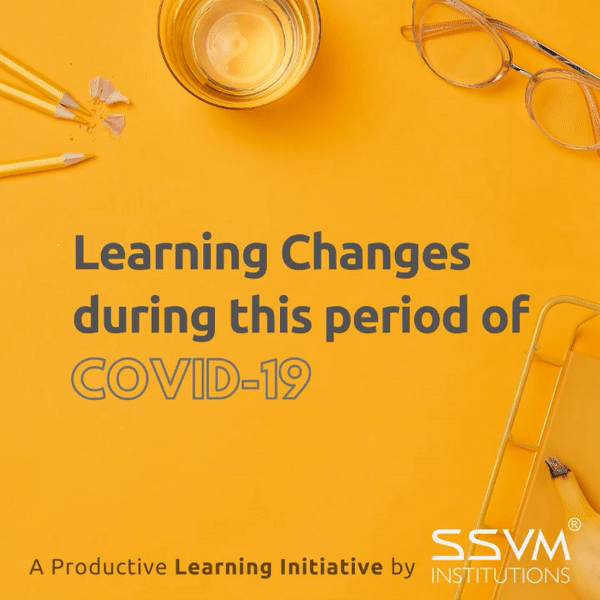The outbreak of coronavirus disease (COVID-19) has been declared a Public Health Emergency of International Concern (PHEIC) by WHO (World Health Organization) as the virus spreads to many countries and far reaching territories.
As public discussions around COVID-19 rises globally, countries are gradually announcing temporary closures. Protecting children and educational facilities are important. Hence, as critical steps to contain the COVID-19 spread, several schools and universities are in an impermanent shut-down mode.

In this period of social distancing and unexpected school closures, parents and family members play a crucial role. They canhelp children make sense of the crisis in an honest and accurate way such that it minimises anxiety or fear and calm their spirits. While the closures come as a means to fight the deadly virus, its impact on learning systems is uncertain and harder to measure. As countries around the world take steps to contain the virus, many schools and universities worldwide are moving towards remote learning. UNICEF also urges school authorities to put in place alternative learning platforms by leveraging technology.
Let’s understand what does sudden school closure may mean, for parents, institutions, and students:
- For students, it may translate to lost learning time
- For parents, school closure may mean taking time off work to sit through their kids
- For schools, it means plan and equip for continuity of learning
When working from home is a possibility for most parents in the current situation, they are available and equipped to care for the child at home. But children are deprived of educational experiences that may hit the economy hardest, in the future. Schools therefore, are working with the students and parents towards devising a middle path such that time and learning is not lost entirely.
So, what are the ways in which schools are likely to carry their continued lessons during a closure?
1. Use of online/e-learning strategies
Many schools worldwide have launched a distance learning programs for their students during the times of social distancing. Schools that have allowed devices to their students can conduct online classes. Students would need an internet connection at home to join the online classroom. Teachers can conduct lessons at a common time and engage the students over online question-answer session.
2. Assigning reading/writing exercises for home study
Weekly worksheets can be emailed to the students, for different subjects. Reading and writing exercises can be part of the assignment for the home study. Teachers can share feedback basis online submissions of home tasks for each student.
3. Radio, podcast or television broadcasts of academic content
Engage the students over daily educational programs on television. Regular broadcasts of academic content over radio and podcasts are also good ways to focus on uninterrupted learning during school closure.
4. Project-based learning
Stanford University believes that project-based learning is a more rigorous form of learning that encourages students to dive deep into a topic they are really excited about. For example, instead of asking them to learn a Chemistry lesson, teachers can give them a real project based on learnings. Students can either create video tutorials or presentations by adequately researching on the topic.
5. Assigning teachers to conduct remote weekly follow up with students
Videoconferencing is a good idea that will take the teachers to the homes of the students. Keep instructions brief, simple, and clear. And teachers can focus on reviewing each student once a week remotely.
While the world may physically distance themselves from each other during trying times as these, mitigation plans are essential if schools are closed for an extended period. Online learning presents a huge opportunity to also review digital learning modes while battling the deadly virus simultaneously.
One must also acknowledge that children who are otherwise pressed for time get unstructured downtime in COVID-19 times. Encourage them to relax, decompress, and let loose since free playtime is important too!




